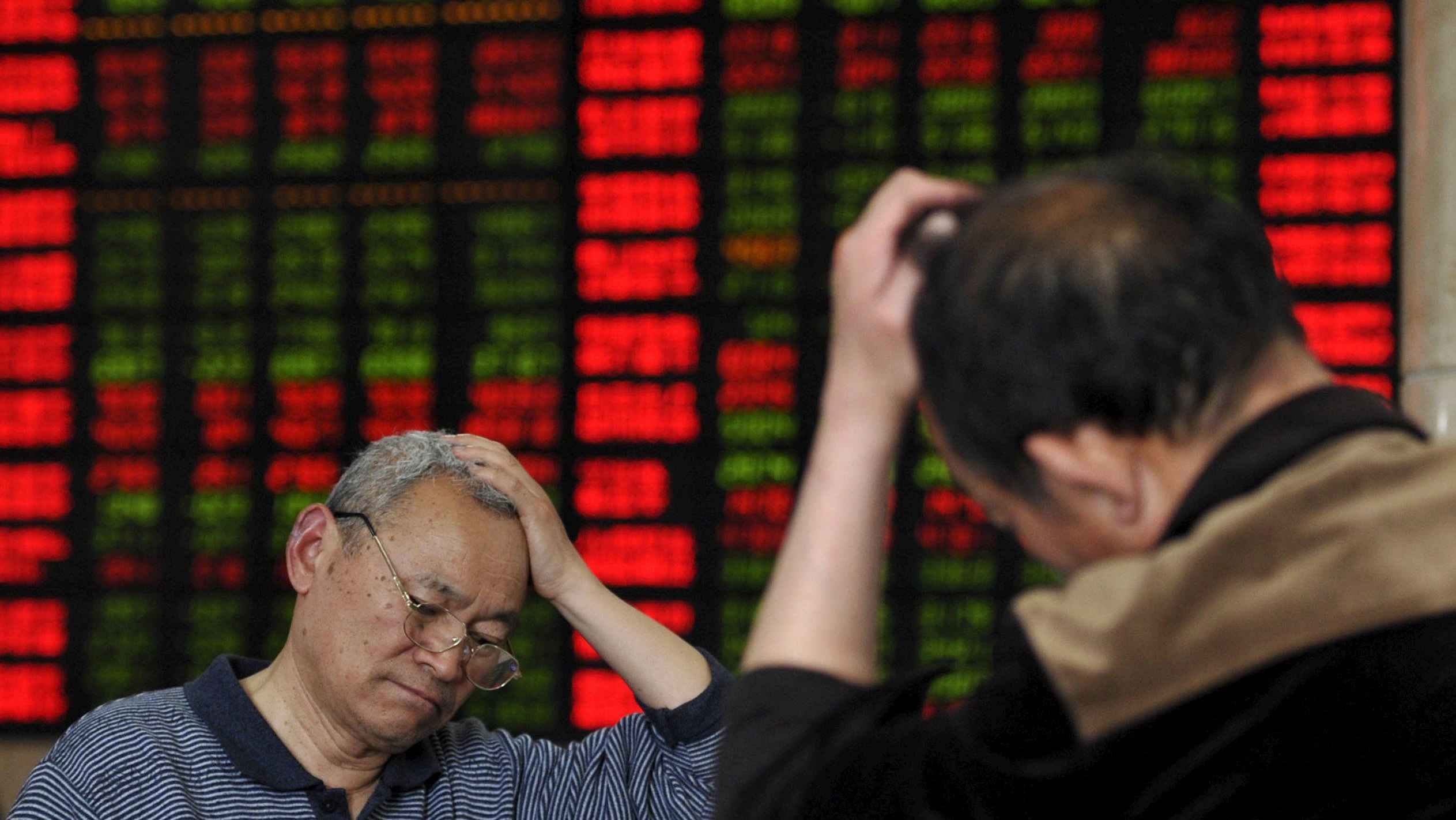
Business
23:18, 09-Mar-2018
China's bourses mean business with delisting rules
CGTN's April Ma

China’s twin bourses have rolled out their first draft of rules that pledge to grab non-compliant companies by the collar and banish them from the market, as the securities regulator underlined the pressing need for an enhanced delisting mechanism last week, and emphasized the responsibility of stock exchanges in protecting small investors and keeping financial risk in check.
The Shanghai and Shenzhen exchanges published guidelines that take a no tolerance attitude towards listed companies that breach listing regulations or disclose fraudulent information, and prevent delisted companies from being resurrected shortly after their termination.
Despite introducing delisting regulations in 2014, only a paltry handful of companies have seen the rules in action, with the first forced delisting due to compliance issues occurring as late as 2016. Even with an excessively low delisting ratio – just one exiting the market for every 54 public companies – the lion’s share of the these were either voluntary or because of consecutive losses that disqualified them from floating shares on the market.
Running a tighter ship may be a prerequisite for pushing forward with a registration based stock listing system, which would mean less stringent screening over the surge of firms seeking to raise funds from investors in China, 80% of which are mom-and-pop traders.
The lack of a sufficiently effective delisting mechanism may mean an increase in the chance of being involved in a bad bargain for retail investors as they strive to navigate through the plethora of companies, increasing in number and complexity, looking for a solid investment.
A draft amendment to the existing delisting rules issued by the national securities regulator last Friday stated that it would be up to the two exchanges to identify and deal with non-complying market players with more stringent measures. It also stressed the importance of forcing out “zombie firms” that failed to prove worthwhile investments that are mired in losses or do not meet the trading volume or shareholder’s equity minimums.

SITEMAP
Copyright © 2018 CGTN. Beijing ICP prepared NO.16065310-3
Copyright © 2018 CGTN. Beijing ICP prepared NO.16065310-3